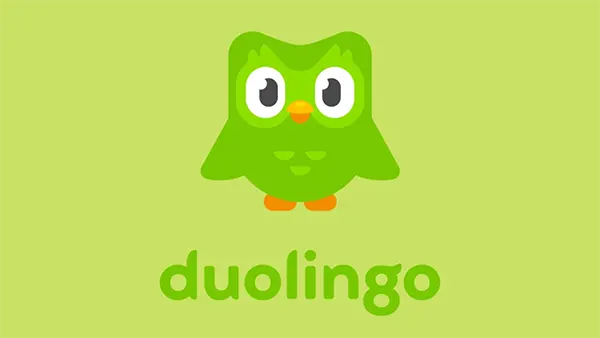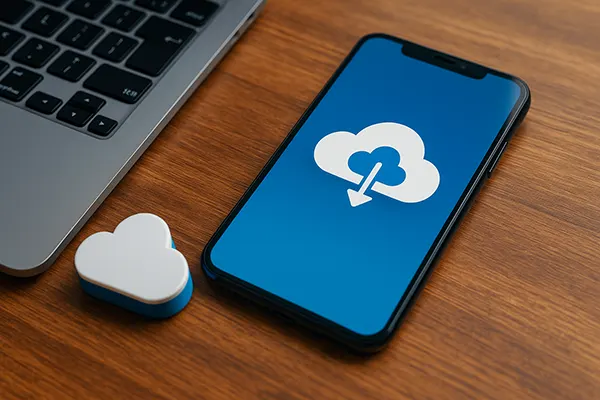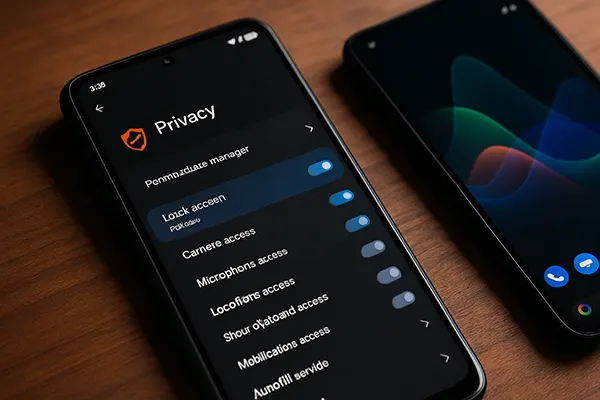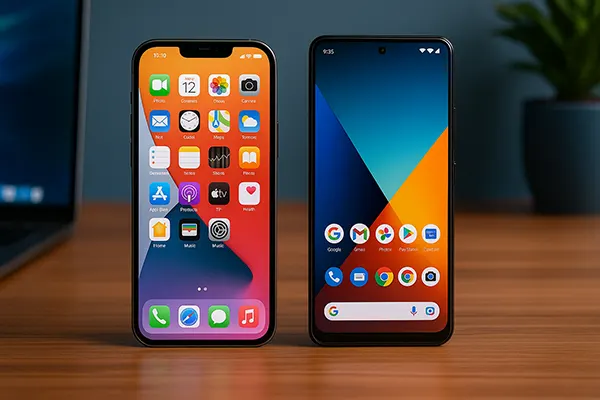
iOS 18 vs Android 15: Which Apps Perform Better on Each Platform?
In early 2025, the debate between iOS and Android is more nuanced than ever. With the rollout of iOS 18 and Android 15, both platforms introduced significant improvements in performance, security, and app compatibility. However, differences remain in how apps behave and perform on each operating system. This analysis delves into the categories where one platform may outperform the other, helping users make informed decisions based on their usage patterns.
Performance and optimisation: App responsiveness and stability
iOS 18 continues to benefit from Apple’s tight integration between hardware and software. Apps load faster, animations are smoother, and multitasking feels more seamless on iPhones and iPads. Apple’s custom silicon, such as the A18 Bionic chip, further boosts app responsiveness in resource-intensive tasks like video editing, gaming, and real-time rendering.
On Android 15, performance varies depending on the device manufacturer. Flagship devices powered by Snapdragon 8 Gen 3 show impressive speed and stability. Google’s Pixel 9, in particular, benefits from Android 15’s enhanced memory management and background process control, which makes apps more efficient than in previous iterations.
Yet, mid-range and budget Android phones may still face lags or crashes with certain demanding applications. Developers have less control over optimisation due to hardware diversity, which can result in inconsistent app performance across devices.
Gaming applications and graphical performance
iOS 18 delivers excellent performance for mobile gaming. Thanks to Metal 3 and ProMotion support, titles like “Call of Duty: Warzone Mobile” and “Genshin Impact” maintain stable frame rates and minimal latency on iPhones. Game developers often release updates on iOS first due to its uniform architecture.
Android 15 introduces support for Vulkan 1.3 and adaptive GPU scaling, enhancing graphics in games on high-end devices. On the Samsung Galaxy S25 Ultra and Pixel 9 Pro, games run smoothly at 120Hz with HDR enabled. However, due to the wide range of hardware, not all devices can offer the same graphical fidelity.
When it comes to exclusive games, iOS still holds the edge, particularly with Apple Arcade, which provides ad-free experiences and consistent performance across all iPhones and iPads.
Productivity and work-related apps: Which ecosystem is more efficient?
For productivity, iOS 18 excels in integration and synchronisation. Apps like Notion, Microsoft 365, and Slack benefit from system-level features such as improved Focus modes, Live Activities, and real-time collaboration in native apps like Files or Notes. The continuity between Mac and iOS devices makes workflow management highly efficient.
Android 15, on the other hand, provides deeper file access and better customisation for productivity apps. With improved support for desktop-style windowing on large-screen foldables and tablets, apps like Google Workspace and Adobe Acrobat perform superbly. Users can open multiple apps in split-screen mode with more flexibility than on iOS.
Still, some productivity apps on Android struggle with battery optimisation and background syncing due to stricter system-level power policies, especially on non-Google devices.
Task automation and personalisation
Android 15 remains the champion for app-level automation. With Tasker, MacroDroid, and native integration via Google Assistant routines, users can automate nearly any aspect of their device. The level of control surpasses anything offered on iOS.
iOS 18 improves Shortcuts, enabling more advanced workflows and automations. Siri Suggestions are more context-aware, and users can automate routines based on Focus modes, battery levels, or geolocation. However, it still lacks the granularity found in Android tools.
For advanced users and tinkerers, Android remains the better choice. For those who prefer set-and-forget solutions with a clean interface, iOS provides a more polished experience.
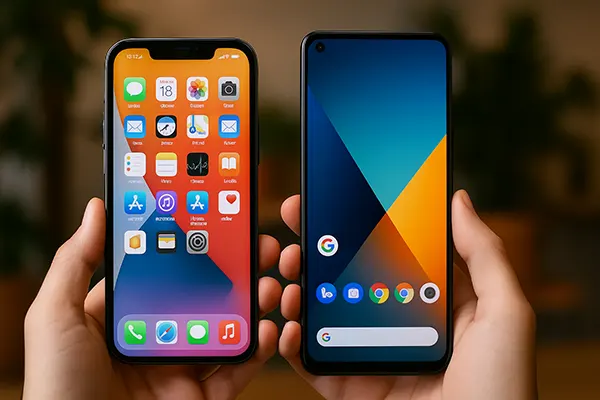
Media, messaging, and social media: User experience and compatibility
Messaging apps perform equally well across both platforms, but iOS 18 introduces support for RCS in Messages, bridging the compatibility gap with Android users. This change significantly improves the quality of group chats, image sharing, and read receipts between platforms.
Android 15 continues to provide broader flexibility for default messaging apps. Signal, Telegram, and WhatsApp benefit from Android’s open system, especially when it comes to background message syncing and notification management. Notifications on Android can be customised to a higher degree than on iOS.
When it comes to media editing apps like LumaFusion, CapCut, and Lightroom, iOS devices still offer more consistent performance, especially on iPads with M-series chips. Android has improved in this area, but iOS maintains a lead in apps developed specifically for creatives.
Social media apps and exclusive features
Both platforms run apps like TikTok, Instagram, and Facebook smoothly. However, iOS tends to receive new features first, especially for camera effects and content tools. This is due to the predictability of iOS hardware, making it easier for developers to test and release updates.
Android 15 benefits from deeper system-level integrations with services like YouTube and Google Photos. Features such as photo auto-backup and media casting are more seamless on Android devices connected to other Google services.
Content creators may find iOS preferable for editing and publishing, while Android remains ideal for those who rely heavily on Google’s ecosystem and multi-device usage.

